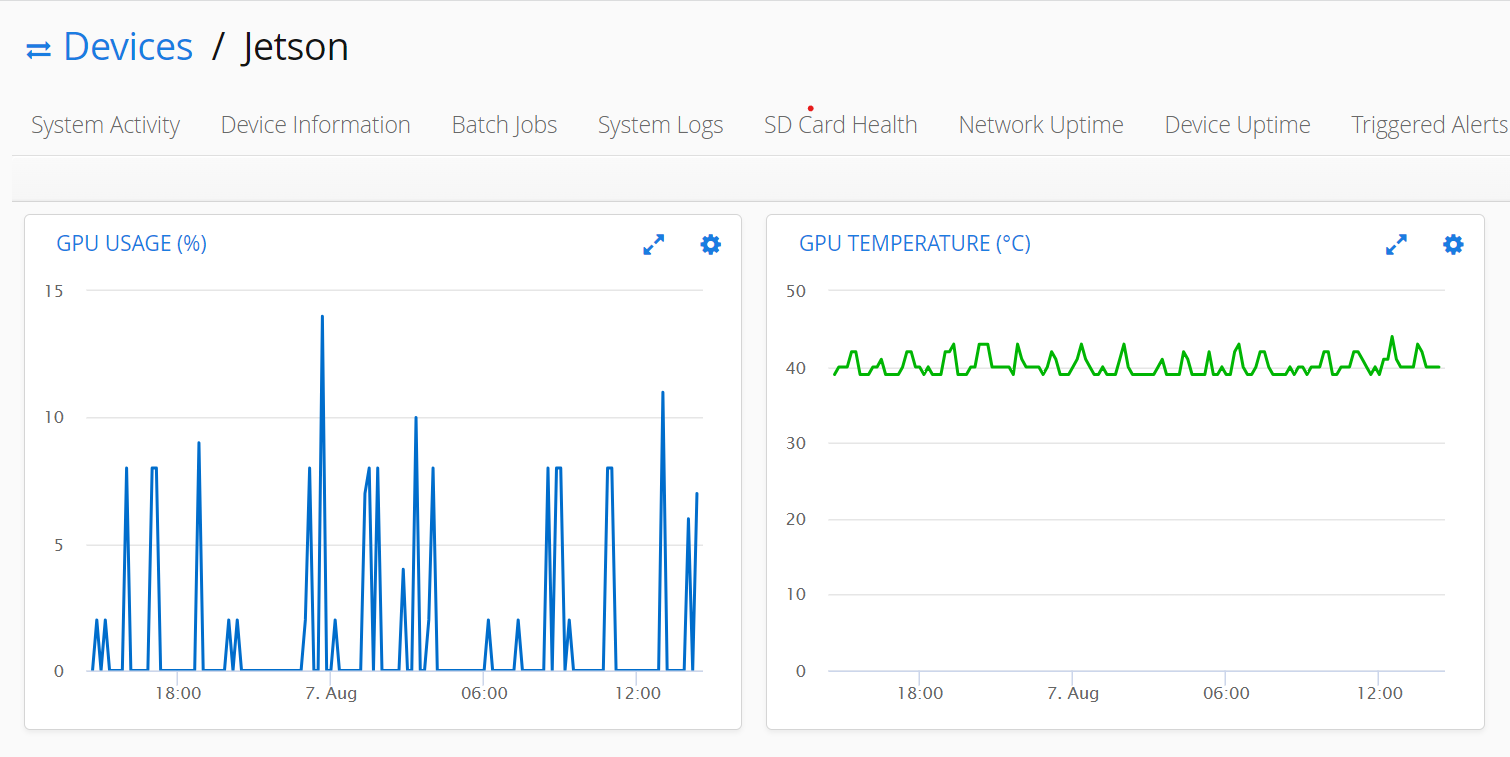Monitoring Remote Access Jetson Nano and GPU Temperature on the Edge
Edge computing brings a revolution to the world of data processing. It changed the run application and began a new era in this domain. Jetson Nano is gaining popularity as it has exceptional abilities for edge computing. Jetson Nano is a single-board computer from NVIDIA which is powerful for edge AI computing. The GPU in the Jetson Nano accelerates tasks related to AI computation. However remote access to Jetson Nano and monitoring is difficult but it is crucial for developers.
The Development of the Jetson Nano GPU
In the field of edge computing, the Jetson Nano series, created by NVIDIA, has completely changed the game. These devices offer exceptional AI performance and can be used in a wide range of fields like robotics, automated vehicles, and many others. A GPU or Graphics Processing Unit is a structured electrical circuit to influence the processing of images and videos. The GPU included in it, increases its capabilities to manage complex AI computing problems.
Remote Access's Importance
The understanding of the application of Remote Access Jetson Nano is crucial. The mechanism of the device is quite complex but it is essential as it provides access to your important devices if you are unable to present them.
- Users may use a computer or mobile device to engage with their Jetson Nanodevices from any location. This flexibility enables developers to control, upgrade, and debug the device without actually being at the deployment location.
- Since on-site technicians are no longer necessary, remote access is a financially advantageous way to manage several devices.
- Remote access allows consumers to monitor the real-time device and respond effectively to any issue in the performance of the devices.
Structure of Remote Access for the Jetson Nano
The procedure to set up or build remote access Jetson Nano is discussed below:
- Secure Shell: It enables safe remote access to a device via a network. Users may access the terminal remotely and have complete control over the device's command line interface by activating SSH on the Jetson Nano.
- Virtual Network Computing: VNC enables remote access to the Jetson Nano's graphical user interface (GUI). Users can access it from a desktop with the help of virtual network computing.
- Virtual Private Network: Virtual Private Networks help users to build a secure network and encrypted connection. This is useful for managing different devices from various locations.
Remote Monitoring of Jetson Nano's GPU
While remote access gives the Jetson Nano's entire system management, keeping an eye on the GPU's performance is just as crucial, particularly in applications that focus on AI. Users may monitor the GPU's temperature, utilization, memory consumption, and other critical parameters remotely. RemoteIoT provides tools to remotely monitor GPU Jetson. Users can remotely and conveniently monitor the various performances of the GPU.

Secure and Private Remote Access:
Although remote access and monitoring are incredibly convenient, they also pose questions about security and privacy. Users should follow the top recommendations listed below to protect themselves from potential threats:
- Authentication: The Jetson Nano cannot be remotely accessed by unauthorized users because of the implementation of robust security measures including two-factor authentication and strong passwords.
- Network Isolation: To prevent unapproved access from the public internet, isolate the Jetson Nano on a different network, preferably a Virtual LAN (VLAN).
- Regular Updates: Patching security holes and enhancing the general stability of the Jetson Nano depend on keeping the software and firmware up to current.
Applications of Remote Access and Monitoring in the Real World
For the Jetson Nano and its GPU, remote access and the Remote Monitor Jetson Nano have created new opportunities in a variety of fields.
- Smart Agriculture: Farmers may install AI systems powered by Jetson Nano in their fields to remotely monitor crop health, find pests, and plan irrigation systems.
- Industrial Automation: Companies may use the Jetson Nano in their factories to remotely supervise their production processes, assuring top performance and speedy problem-solving.
- Surveillance Systems: By using remote access, security staff may control and keep an eye on surveillance cameras powered by Jetson Nano, improving safety and reaction capabilities.
Conclusion:
In the end, we can summarize that remote access and monitoring of Jetson Nano changed the traditional way of connecting with edge computing. This brings a new era of developing accurate runs of AI applications and empowers developers to innovate new models. It also provides security for the devices along with a smooth application or encrypted connection. People can access their devices with the potential for remote access and monitoring and accelerate their edge computing-related projects to new heights. It makes things more efficient due to getting access to the device from any location which helps in efficient time management. Overall remote access and monitoring of Jetson Nano and GPU Jetson influence our society to improve in all directions.
